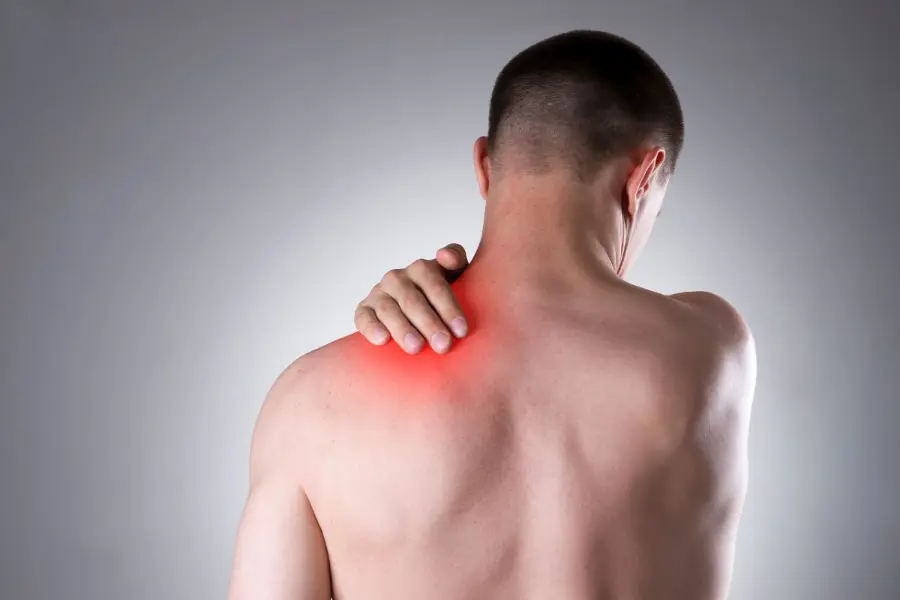What Is Shoulder Bursitis?
Shoulder bursitis refers to the inflammation of the bursa, a fluid-filled sac that cushions and reduces friction between tissues in the shoulder. The most commonly affected bursa in the shoulder is the subacromial bursa, located between the rotator cuff and the acromion.
When this bursa becomes irritated — often due to overuse, trauma, or impingement — it can swell, become painful, and limit shoulder movement.
Causes and Risk Factors
-
Repetitive overhead motion (e.g., swimming, throwing, lifting)
-
Direct trauma to the shoulder
-
Poor posture or scapular mechanics
-
Rotator cuff tendinopathy or impingement
-
Age-related degeneration
-
Underlying systemic inflammatory conditions (e.g., rheumatoid arthritis)
Symptoms
-
Dull ache or sharp pain in the top or side of the shoulder
-
Pain worsens with lifting the arm overhead or behind the back
-
Discomfort at night, especially when lying on the affected shoulder
-
Swelling and tenderness over the shoulder
-
Limited shoulder mobility and stiffness
-
Pain during activities like combing hair or putting on a shirt
Diagnosis
-
Physical exam with tenderness over the subacromial space
-
Pain reproduced with impingement signs (e.g., Neer and Hawkins tests)
-
Ultrasound or MRI can confirm bursal swelling and rule out associated tendon damage
-
Diagnostic injection of anesthetic into the bursa may temporarily relieve pain and confirm the diagnosis
Treatment
Non-Surgical Treatment
-
Rest and activity modification, especially avoiding overhead movement
-
Ice application to reduce swelling and pain
-
NSAIDs (non-steroidal anti-inflammatory drugs)
-
Physical therapy to:
-
Improve posture and scapular alignment
-
Strengthen rotator cuff and shoulder stabilizers
-
-
Corticosteroid injections may be used for persistent inflammation
Surgical Treatment
-
Rarely necessary, but may be considered in chronic, refractory cases
-
Arthroscopic bursectomy:
-
Removal of inflamed bursa
-
Often performed with subacromial decompression if impingement is present
-
Recovery Outlook
-
Most patients improve with conservative management within 4–6 weeks
-
Physical therapy is essential to prevent recurrence
-
Surgical recovery (if needed) generally involves:
-
A few days in a sling
-
Return to daily activity within 2–3 weeks
-
Full return to sport or labor by 6–8 weeks, depending on individual progress
-
Why Kerlan Jobe Institute?
At Kerlan Jobe Institute, our shoulder experts provide precise diagnosis and evidence-based treatment for bursitis. With targeted therapy and expert care, we help patients overcome pain, restore range of motion, and avoid unnecessary surgery when possible.

